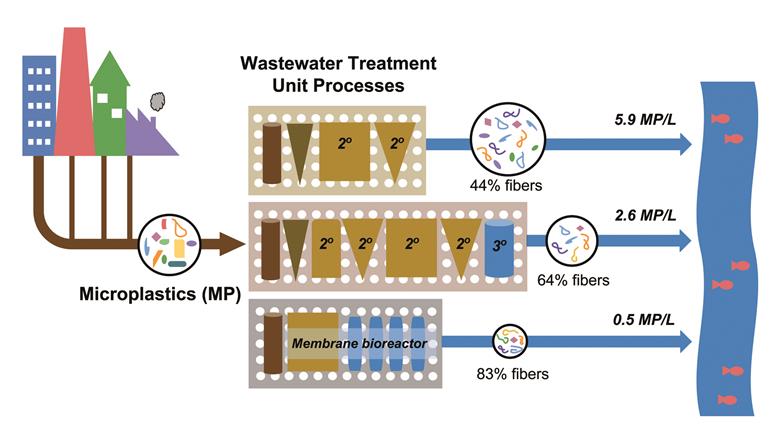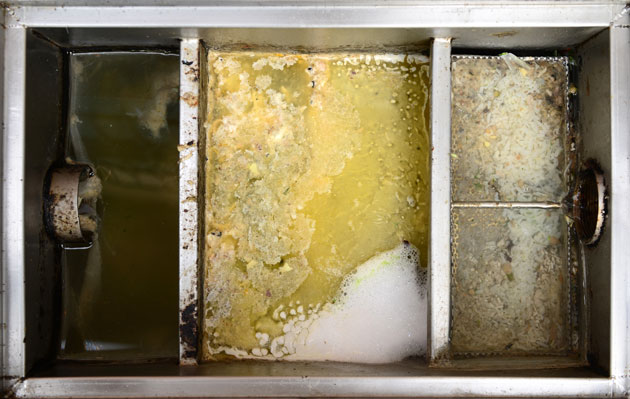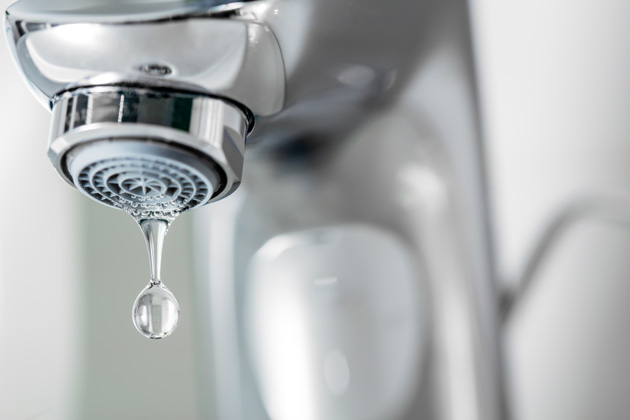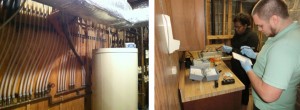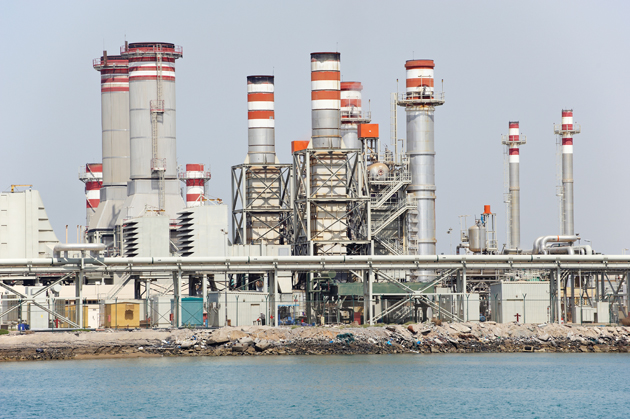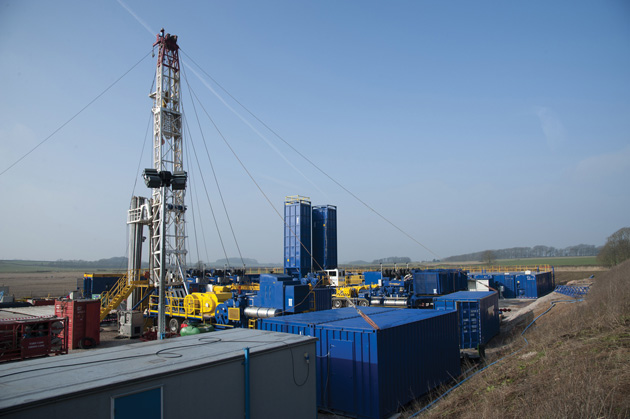Method for cleansing waste urine could see it used as a fertiliser
US researchers have demonstrated that biochar, essentially burnt plants, can remove pharmaceuticals from urine waste streams. The findings could help recycle urine into agricultural fertilisers.
Human urine is rich in nitrogen and phosphorus – just what plants need. However, human urine can also contain pharmaceuticals, the release of which cause worrying developmental effects in aquatic ecosystems, hampering its use as a fertiliser. While some wastewater treatment plants recover nutrients from urine and wastewater, they do not typically remove pharmaceuticals. Current pharmaceutical removal systems involve membranes, electrodialysis and activated carbon, but they can be costly, energy intensive and unsustainable.
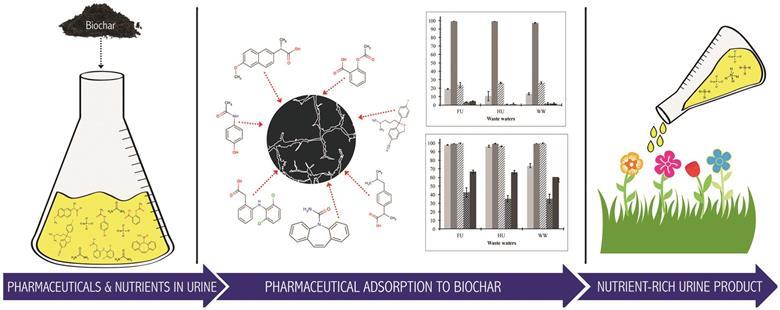
Source: © Royal Society of Chemistry
Now, Avni Solanki from the University of Florida and Treavor Boyer from Arizona State University, have studied biochar, a precursor to activated carbon, to see if it could work as a viable alternative
Read the full article in Chemistry World.
Pharmaceutical removal in synthetic human urine using biochar
Avni Solanki and Treavor H. Boyer
Environ. Sci.: Water Res. Technol., 2017
DOI: 10.1039/C6EW00224B












